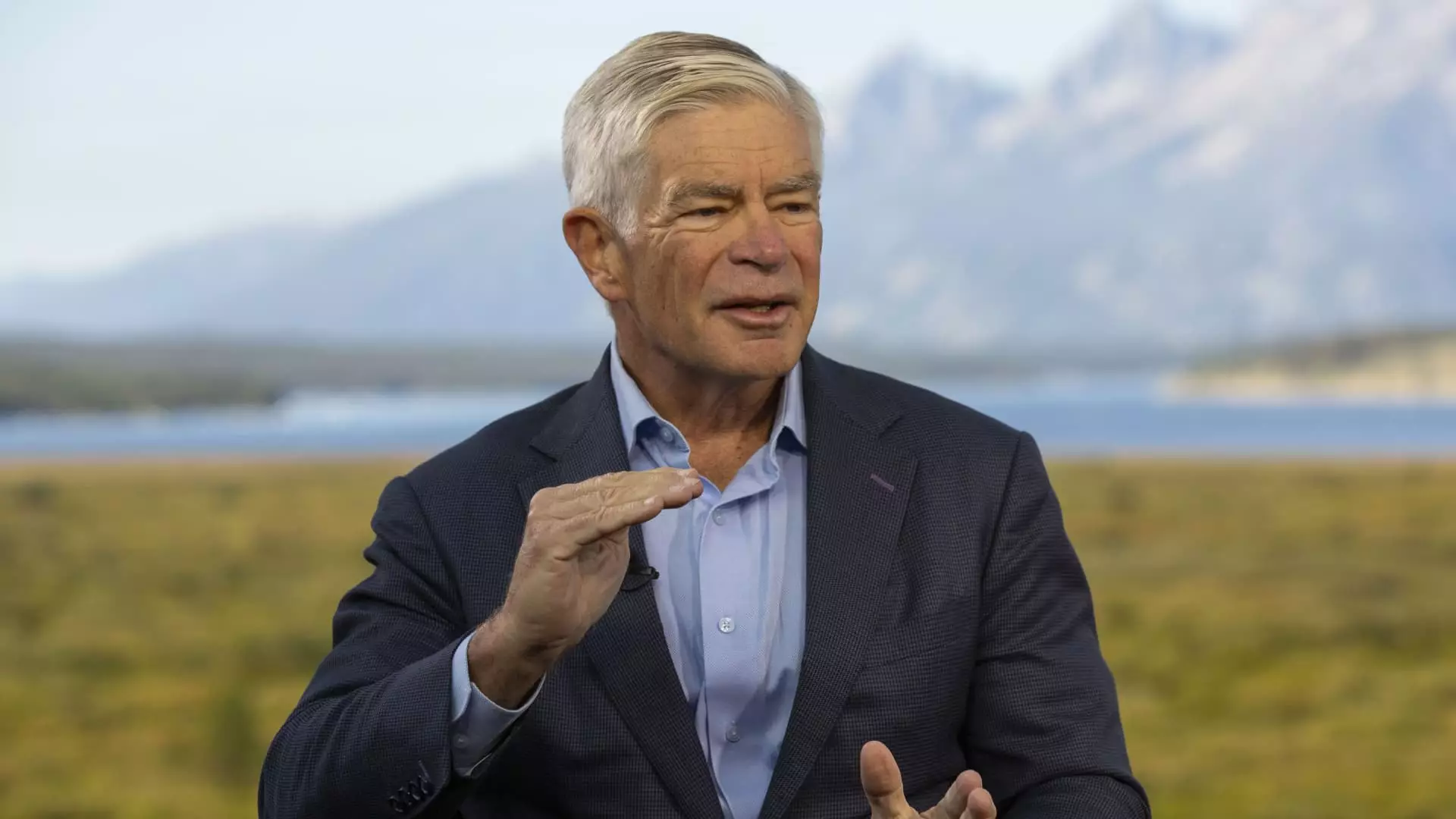Philadelphia Federal Reserve President Patrick Harker recently expressed his support for an interest rate cut during the upcoming September meeting. He emphasized the need for a methodical approach and clear signaling to the markets.
Following the release of minutes from the previous Fed policy meeting, officials have gained confidence in the trajectory of inflation and are considering preemptive measures to address potential weaknesses in the labor market. Harker’s comments come at a time when the markets are pricing in a high probability of a rate cut, with varying expectations on the magnitude of the reduction.
Despite the looming presidential election and potential political pressures, Harker emphasized the Fed’s commitment to data-driven decision-making and technocratic principles. He stressed the importance of analyzing economic indicators independently and responding appropriately to the evolving conditions.
Kansas City Fed President Jeffrey Schmid echoed some of Harker’s sentiments regarding the need for a cautious approach to monetary policy. He pointed out the recent cooling of job indicators and a gradual increase in the unemployment rate as factors influencing the Fed’s decision-making process.
Schmid also mentioned his confidence in the resilience of banks under the current high-rate environment, disputing claims that monetary policy is overly restrictive. While acknowledging the progress in stabilizing the labor market, he highlighted the ongoing challenges that require continued attention.
Both Harker and Schmid’s voting statuses within the Federal Open Market Committee were noted, with Harker scheduled to participate in rate-setting decisions in 2026 and Schmid expected to cast a vote next year. Their insights provide valuable perspectives on the deliberations shaping the Fed’s monetary policy stance.
Overall, the commentary from Harker and Schmid reflects a cautious optimism regarding the potential for an interest rate cut in September. As the Fed navigates complex economic conditions and balances various factors influencing its decisions, the importance of data-driven and independent policy-making remains paramount. The upcoming meetings will provide further clarity on the trajectory of monetary policy and its implications for the broader economy.

